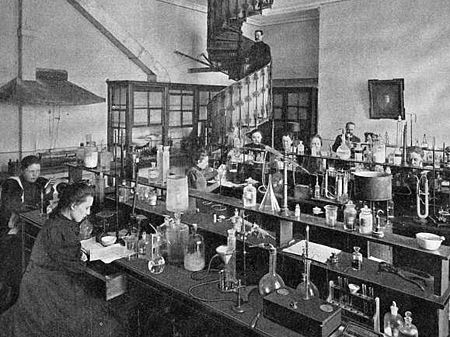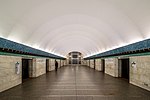Bestuzhev Courses

The Bestuzhev Courses (Russian: Бестужевские курсы) in Saint Petersburg were the largest and most prominent women's higher education institution in Imperial Russia. The institute opened its doors in 1878. It was named after Konstantin Bestuzhev-Ryumin, the first director. However, the lead organizing force was provided by Nadezhda Stasova, Anna Filosofova, and several other women. Other professors included Baudouin de Courtenay, Alexander Borodin, Faddei Zielinski, Dmitry Mendeleyev, Ivan Sechenov, and Sergey Platonov. An assistant professor there was Vera Bogdanovskaya, the first female chemist to die as a result of her own research. Nadezhda Krupskaya and Maria Piłsudska were among the graduates. The courses occupied a purpose-built edifice on Vasilievsky Island. After the Russian Revolution, they were reorganized as the Third University of Petrograd, which was merged into the Petrograd University in September 1919.
Excerpt from the Wikipedia article Bestuzhev Courses (License: CC BY-SA 3.0, Authors, Images).Bestuzhev Courses
10-11-я линии В.О., Saint Petersburg
Geographical coordinates (GPS) Address Nearby Places Show on map
Geographical coordinates (GPS)
| Latitude | Longitude |
|---|---|
| N 59.94283 ° | E 30.27308 ° |
Address
Институт наук о Земле СПБГУ
10-11-я линии В.О. 31-35
199178 Saint Petersburg (Васильевский округ)
Saint Petersburg, Russia
Open on Google Maps










